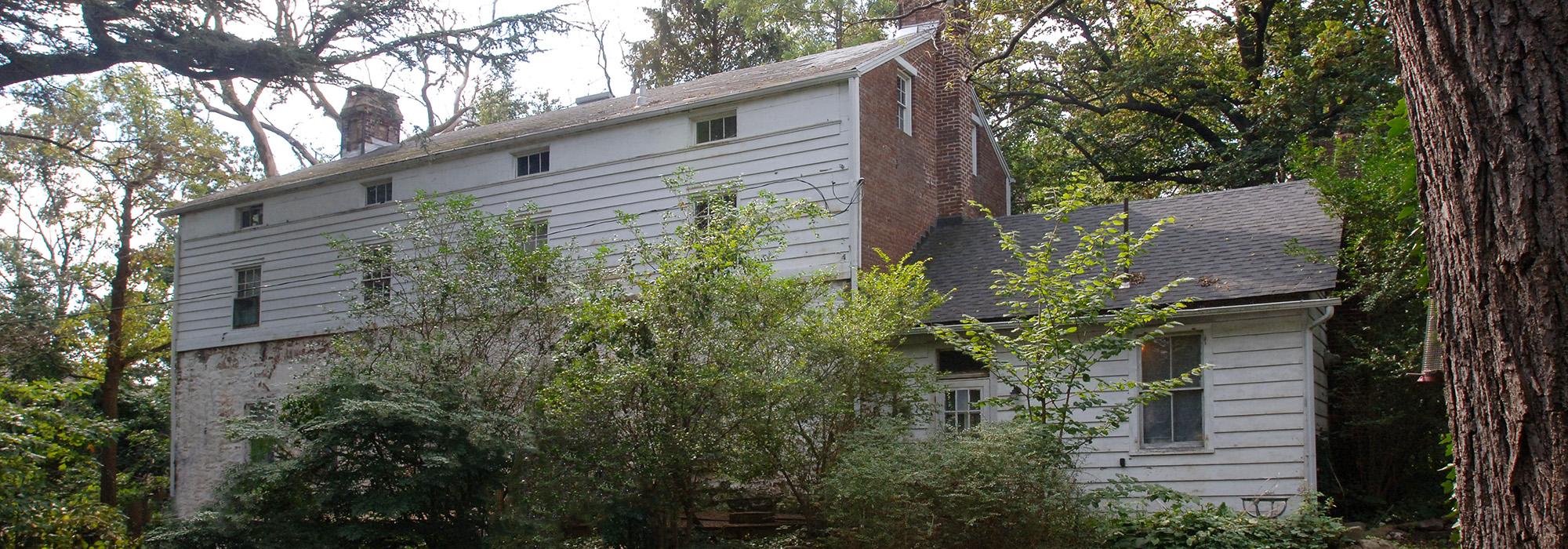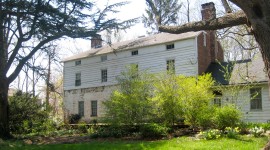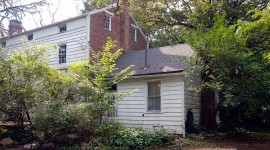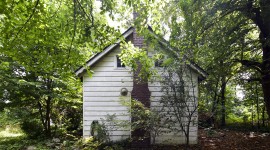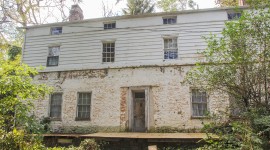Good News for Olmsted’s Staten Island Farm
The New York Landmarks Conservancy (NYLC) has announced that it has raised enough money to complete emergency stabilization work on the former Staten Island home of Frederick Law Olmsted, Sr. (1822–1903). Two recent grants will help bring this critical phase of work to fruition, one from the Richmond County Savings Foundation in the amount of $25,000, which was soon matched by another from the Staten Island Foundation. Combined with previously collected donations, the two grants will allow the NYLC to carry out nearly $100,000 worth of emergency repairs on the home.
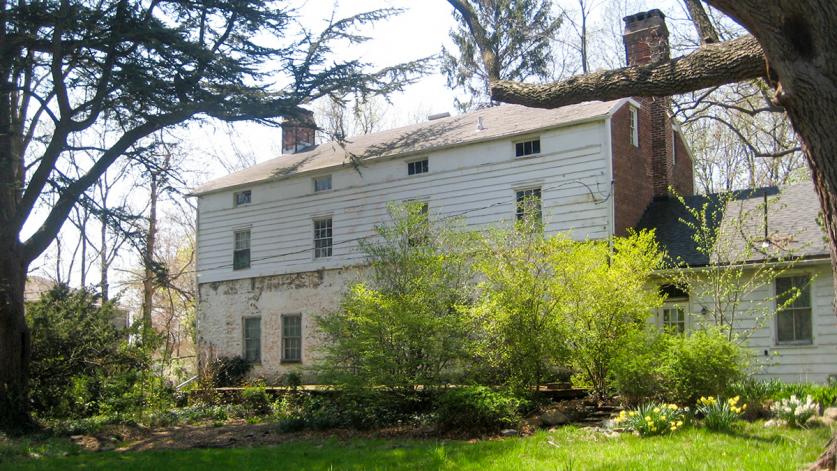
So far, crews have repointed the home’s foundation, built protective surfaces to cover open foundation walls, installed a waterproof membrane in the basement, and shored up beams and other structural supports. The conservancy’s long-term aim is to restore fully the city-owned property and open it to the public. Those efforts are bolstered by Friends of Olmsted-Beil House, an organization formed in 2018 “to protect, preserve, and present the historic site.”
Situated on sloping ground overlooking Raritan Bay, the two-story farmhouse and 1.7-acre grounds of the Olmsted-Beil House Park are all that remain intact of the former residence, ornamental farm, and experimental landscape that played a key role in shaping the early experiences of Frederick Law Olmsted, Sr., who, from 1847 to 1859 inhabited the property he called Tosomock Farm. Here Olmsted grew cabbages, potatoes, turnips, and other staples. He also planted more than 5,000 pear trees from France, as well as cedars of Lebanon, black walnut, mulberry, linden, and ginkgo trees, some of which remain on the site today. Olmsted also honed his technical and design skills, creating a dramatic curved driveway, draining marshes, and moving outbuildings to alter viewsheds.
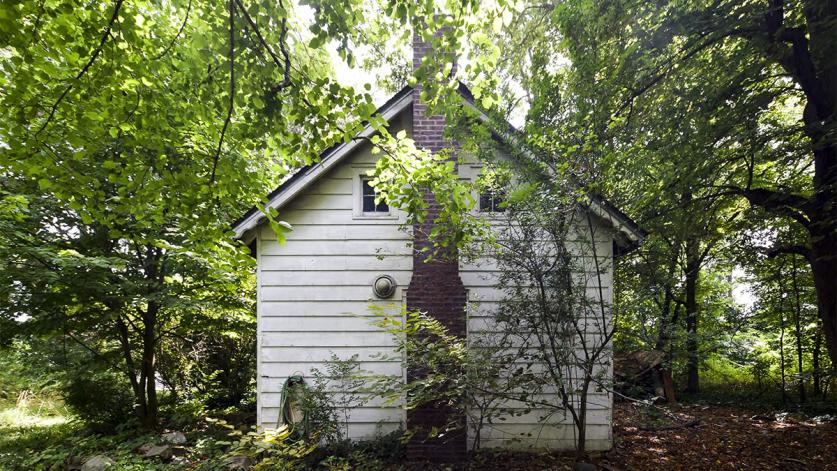
After Olmsted sold the property in 1866, the house passed through several owners, including the naturalist Carlton Beil, who purchased the property in 1961. The house survives today thanks in large part to the Beil family, who transferred its ownership to the New York City Department of Parks and Recreation in 2006. Although the site is a New York City Landmark and a municipal park, it is currently in a severe state of disrepair and is off-limits to the public. The grounds, where trees planted by Olmsted still stand, are severely overgrown; the porch has fallen off the house; and primary structural elements need to be reinforced, making stabilization the first necessary step in carrying out any restoration.
TCLF added the site to its Landslide program in August 2017 after the NYLC obtained permission from the city to pay for an updated conditions survey of the house. One year later, the conservancy launched a fundraising campaign to stabilize the historic farmhouse, which included a successful Kickstarter drive that ultimately surpassed its goal, raising $27,350 for the cause. That good news was followed, in December 2018, by a $25,000 grant from the Achelis and Bodman Foundation. In January 2019 the New York Community Trust provided a $40,000 grant to cover architectural and engineering expenses connected with the project.
The NYLC continues to raise money for the considerable work that lies ahead. Online donors can ask that their gift be earmarked for restoring Olmsted’s Staten Island home.



